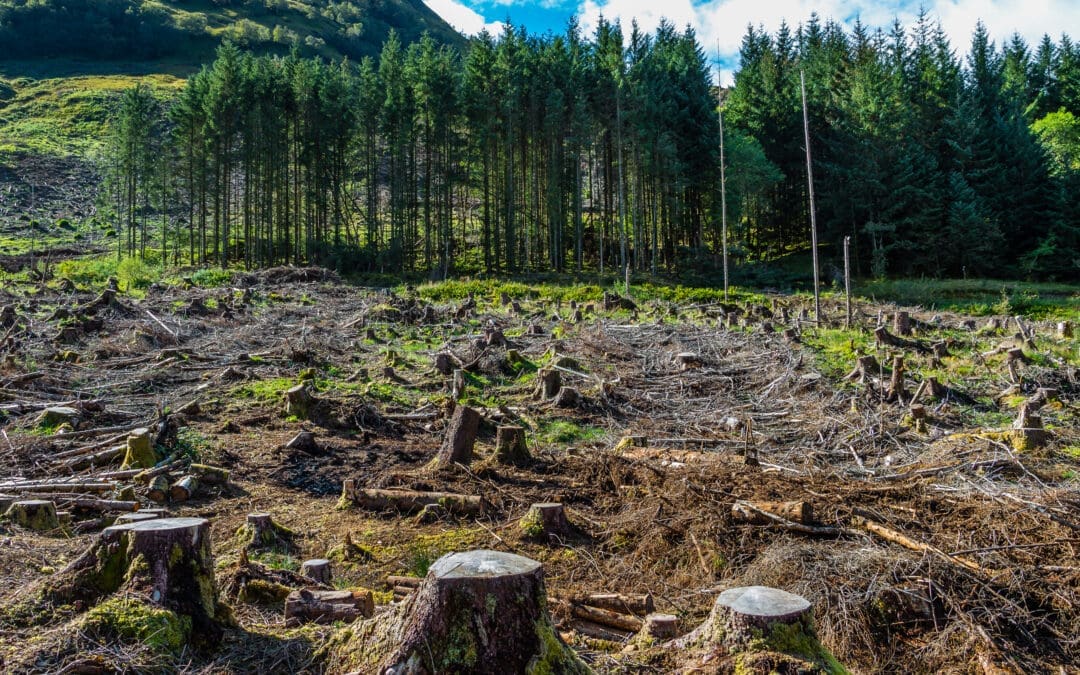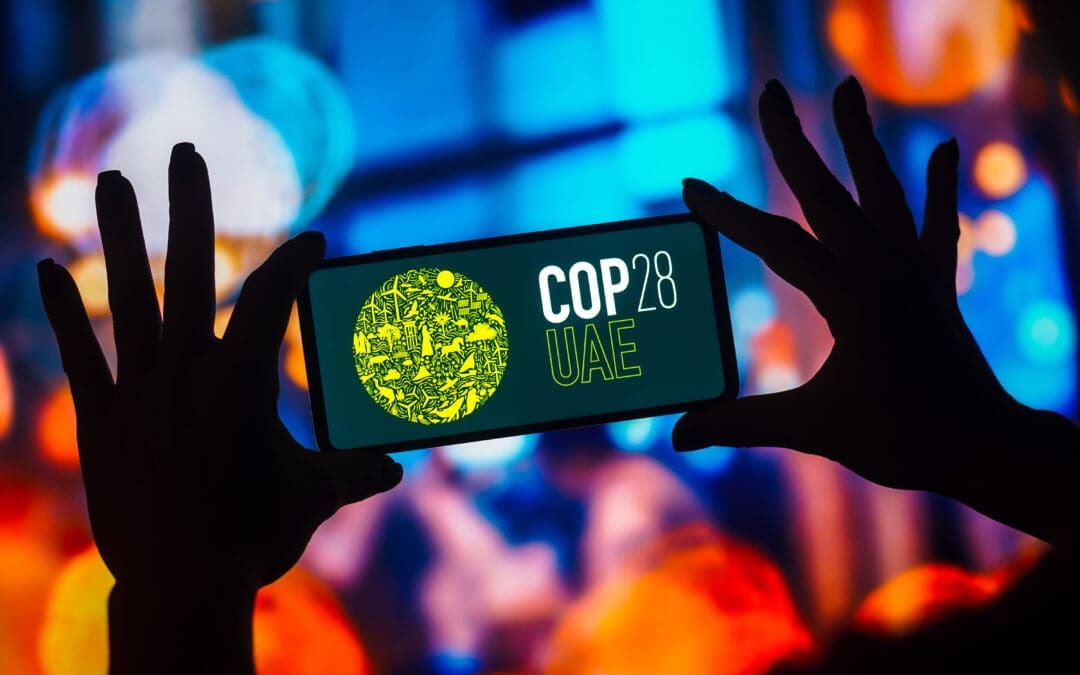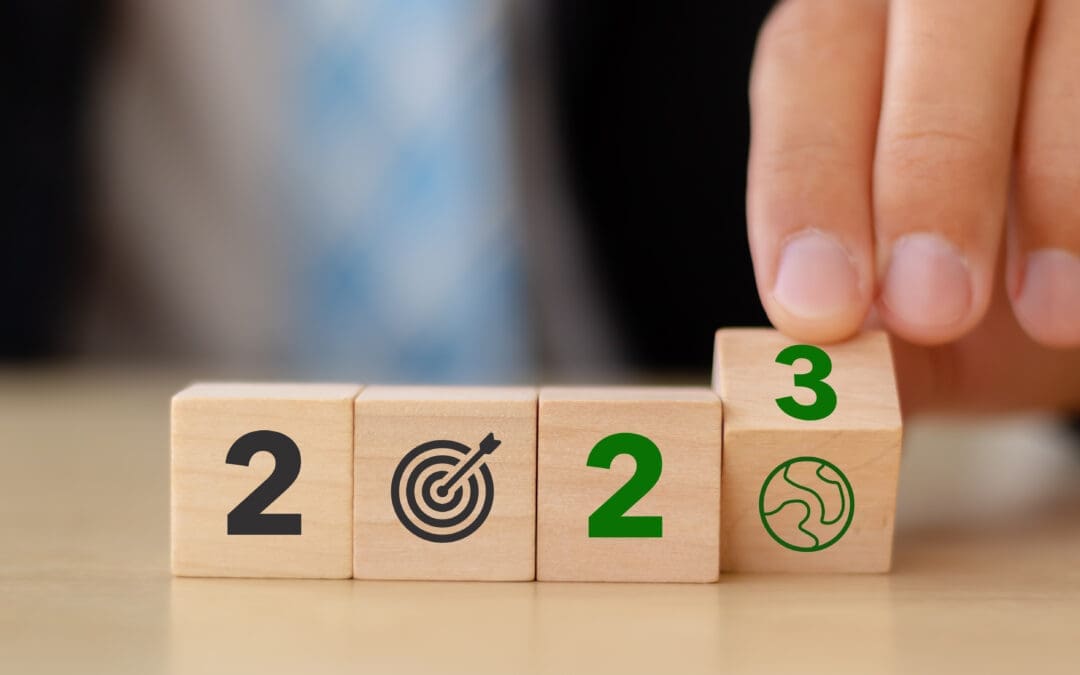Circular value chains have been a topic of growing interest in recent years. With new legislation across the globe, companies need to start thinking about where materials come from and where they go – and how to close the loop – more than ever before. California’s SB54, the Plastic Pollution Prevention and Packaging Producer Responsibility Act, creates a range of new requirements for companies, including recordkeeping and disclosure on source reduction and recycled content. The EU’s Ecodesign for Sustainable Products Regulation is a far-reaching piece of legislation that will move the industry towards circularity like never before.
Circularity means that the resources we use to create products get reused at end of life, so that new products are made with existing materials. A circular economy requires far more than recycling, although recycling is a big part of the puzzle. Because circularity requires action at every stage of the product lifecycle, sometimes it’s hard to know who is responsible to act and what impact that will have on the bigger picture. For instance, the requirements of the EU Ecodesign for Sustainable Products Regulation include:
- Product durability, reusability, upgradability and reparability
- Reducing the presence of substances that inhibit circularity
- Energy and resource efficiency
- Recycled content; carbon and environmental footprints
As a supply chain manager, you may think that most of this is beyond your purview, but it isn’t. Supply chains can make a huge contribution to circularity, based on getting recycled and recyclable material into the value chain from the start. Leave waste recovery and product design to other teams, and focus where you can have impact:
- Establish clear goals on materials for each category.
- Make your expectations clear to your supply base.
- Get information from suppliers – for example on recycled content – as well as their ability to source additional recycled materials.
- Track supplier progress over time and incentivize them to meet your goals.
SupplyShift has been helping companies track material sources, recycled content, and certifications for years. The process is similar whether we are helping companies on paper, plastics, metals, or textiles. But the options, expectations, and benefits with suppliers can vary. For example, increasing recycled content in your paper or pulp supply chain can help with circularity, but it also helps with reducing deforestation commitments by reducing the amount of virgin fiber needed in products and packaging.
Where availability of recycled content is a challenge, focusing on resource efficiency in supplier manufacturing sites can be a great approach. In all cases, having a baseline understanding of supplier performance and a mechanism to track progress on the issues and levers of change that matter most is a necessary part of the strategy. As a supply chain manager, focus on knowing your supply base and engaging for improvement, so that you can do your critical part in the push to a circular economy.



